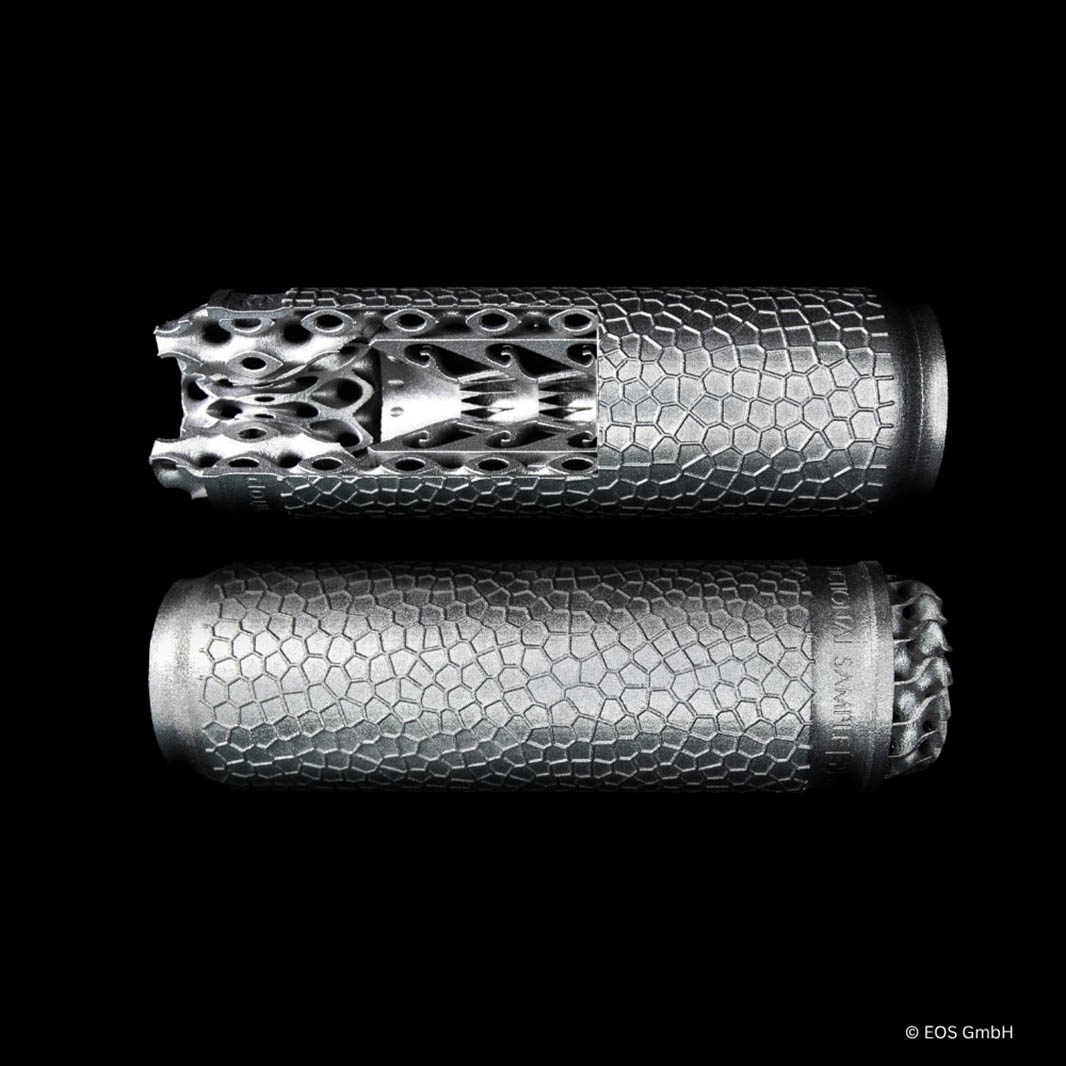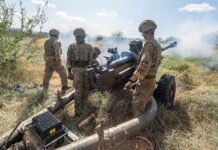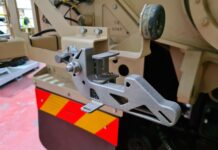In today’s defense landscape, the difference between mission success and failure can hinge on equipment availability, performance, and speed of deployment. Traditional manufacturing – casting, forging, and machining – often can’t keep pace, facing long lead times, inflexible supply chains, and limited design adaptability. Additive Manufacturing (AM), also known as industrial 3D printing, is rapidly changing that equation.
The AM Advantage
AM builds components layer by layer from digital models, eliminating the need for extensive tooling and enabling local, on-demand production. This results in faster lead times, lower costs for small batches, and boosts supply chain resilience, while legacy systems benefit from easily produced replacement parts using scans or design files. Rapid prototyping accelerates development, and AM allows for complex, integrated designs not possible with traditional techniques.
Real-World Defense Use Cases
- 3D-Printed Gripen Component for Battlefield Repairs: In an operational scenario, a Gripen fighter received an exterior replacement part produced on-demand via AM. This expedient repair capability dramatically reduces aircraft downtime, enabling repairs at distributed bases or forward locations.
- Assuring Mission Readiness for USS Halsey: Mission-critical proximity switch bracket for helicopter hangar door, signaling door closure to prevent over-torque. The spare part was designed, produced, and installed with the helicopter hangar door operational in less than 3 weeks, whereas the conventional lead time is 40 weeks.
- Next-Generation Suppressor Manufacturing: Using AM enables complex internal structures, tailored acoustic profiles, and integrated mounting features, all in a single consolidated component. Delivering a performance gain and blow-back reduction by up to 80%. Rapid iterations allow to refine performance and adapt to platform-specific needs without expensive retooling.

A Next-Generation Suppressor Manufacturing
The effectiveness of AM is directly linked to the range and quality of available materials. A material-agnostic approach, equipped with a portfolio of qualified materials, is crucial for addressing the diverse challenges across different defense domains — from sea to air and land. EOS supports a wide variety of metals and polymers, each offering distinct advantages for specific applications.
Key materials include:
- Titanium (Ti64): Lightweight and corrosion-resistant, ideal for aircraft components and drone frames.
- Stainless Steel (316L): Highly durable and versatile. Ideal for robust components for ground support equipment, to fixtures and fittings on naval vessels.
- Pure Copper (CuCP): Exceptional for thermal management systems due to its conductivity.
- Copper-Nickel (CuNi30): Optimized for marine environments, offering excellent resistance to saltwater corrosion and biofouling—essential for naval components like valve bodies, pump housings, and heat exchanger parts.
Partnering for Success
With the Additive Minds consulting division, EOS supports defense organizations from initial part identification through design optimization, process industrialization, and qualification to defense standards. Our integrated approach helps mitigate risk, accelerate innovation, and embed additive manufacturing as a strategic capability.
With advanced technology, deep materials expertise, and collaboration within programs like Squadron 2020 of the Finnish Defense Forces, our defense partners are enabled to move faster, respond smarter, and maintain mission readiness in an increasingly complex and dynamic world.

Get to know EOS and our experts at DSEI UK, Booth S9-362 or simply join us at the EOS Defense Xperience Day in Krailling / Munich.
EOS Customer Success Story with Siemens Energy | E.On
Watch for yourself how Siemens Energy, E.On and EOS have succeeded in implementing Additive Manufacturing as the new normal to manufacture turbine guide vanes, burners and more parts. Increasing the performance of turbines, decreasing the carbon footprint and enabling turbine operation up to 100% Hydrogen.










